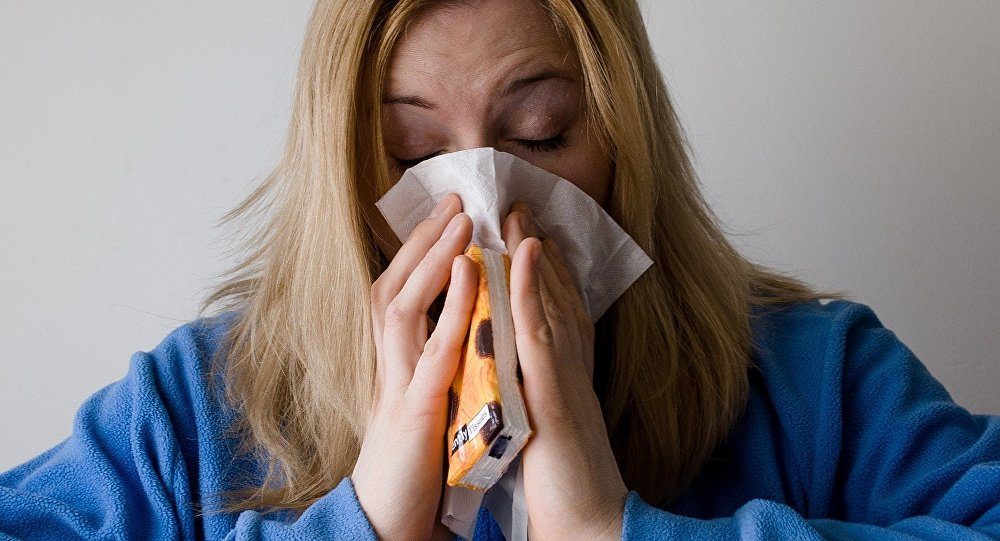OF THE
TIMES
"We have about 50% of the world's wealth but only 6.3% of its population. This disparity is particularly great as between ourselves and the peoples of Asia. In this situation, we cannot fail to be the object of envy and resentment. Our real task in the coming period is to devise a pattern of relationships which will permit us to maintain this position of disparity without positive detriment to our national security. To do so, we will have to dispense with all sentimentality and day-dreaming; and our attention will have to be concentrated everywhere on our immediate national objectives. We need not deceive ourselves that we can afford today the luxury of altruism and world-benefaction."
~ US State Department, 1948
Speaker resorts to "axis of evil".[Link]
An analysis of unidentified aerial phenomena (UAP) reports (UAP is a new umbrella term that includes UFOs not just in the sky but also in space...
Russia has no intention of ceasing hostilities with Ukraine even if the two countries engage in peace talks, as Kiev has proven itself to be an...
UFO -> UAP. Another pointless word-smithing exercise.
Do you have a passion for nurturing young minds? Early childhood practitioners play a vital role in a child's formative years. If you enjoy...
To submit an article for publication, see our Submission Guidelines
Reader comments do not necessarily reflect the views of the volunteers, editors, and directors of SOTT.net or the Quantum Future Group.
Some icons on this site were created by: Afterglow, Aha-Soft, AntialiasFactory, artdesigner.lv, Artura, DailyOverview, Everaldo, GraphicsFuel, IconFactory, Iconka, IconShock, Icons-Land, i-love-icons, KDE-look.org, Klukeart, mugenb16, Map Icons Collection, PetshopBoxStudio, VisualPharm, wbeiruti, WebIconset
Powered by PikaJS 🐁 and In·Site
Original content © 2002-2024 by Sott.net/Signs of the Times. See: FAIR USE NOTICE

Reader Comments
I'm not currently sure how specific or accurate tests are for the influenza virus.
Usually people don't die from influenza, but complications that follow, or from a body that already has multiple things wrong with it.
The people who I see get sick are those who've had flu shots. Maybe this weakens the immune system over a period of time because it isn't natural exposure.
Probably something to do with the GST rip off ????